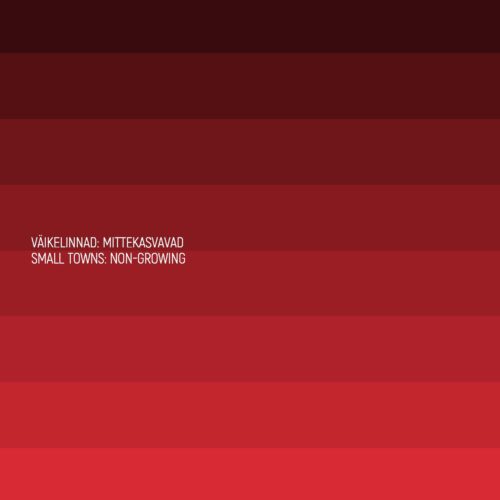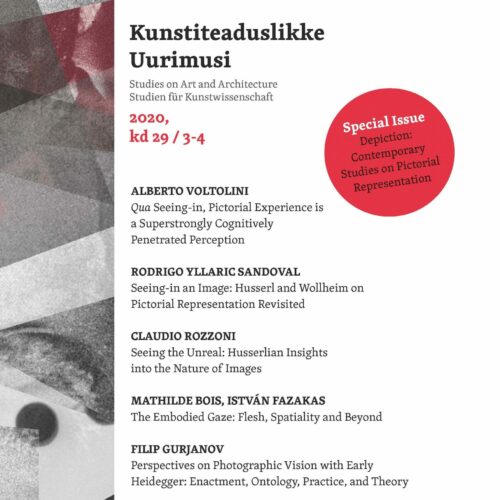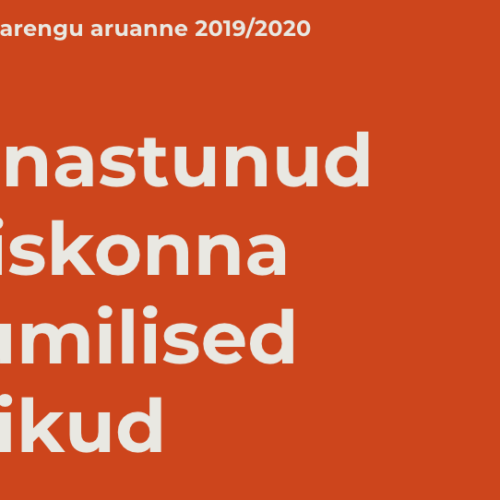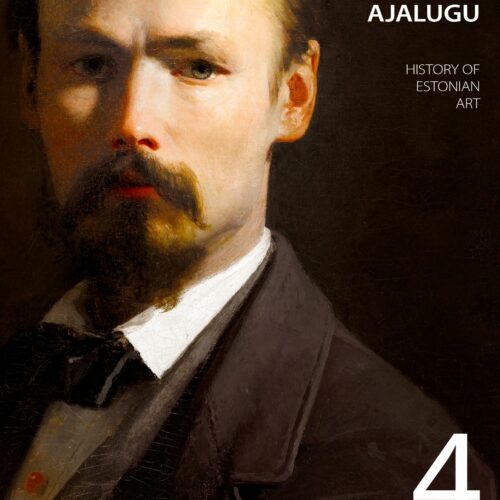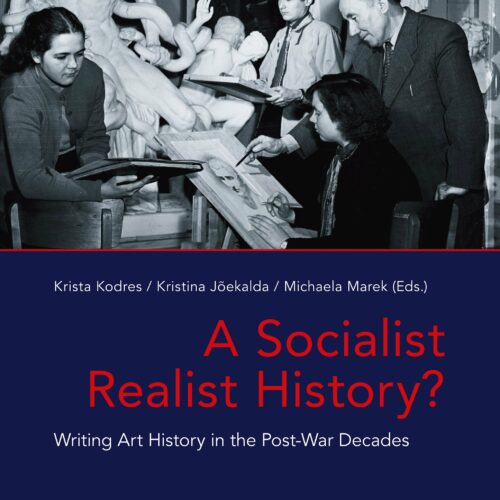Publications
The Institute’s longest-running publication project is the History of Estonian Art, initiated in 1999. The Estonian-language books are accompanied by lengthy English summaries. Ed.-in-chief prof Kodres.
The Institute has been handed over the responsibility of publishing the peer-reviewed journal of the Estonian Society of Art Historians and Curators, Kunstiteaduslikke Uurimusi / Studies on Art and Architecture. Ed.-in-chief prof Sarapik. It is indexed in Arts & Humanities Citation Index, Scopus, C.E.E.O.L., EBSCO, Ulrich’s Periodicals Directory, ARTbibliographies Modern, ProQuest.
The defended doctoral theses are published in the series Dissertationes Academiae Artium Estoniae by the Estonian Academy of Arts publishing house.
Selected recent monographs and edited volumes by staff members:
– Eesti Linnaehituse ajalugu 1918-1920 Edited by Epp Lankots and Triin Ojari. Authors: Mart Kalm, Karin Hallas-Murula, Lilian Hansar, Henry Kuningas, Epp Lankots, Madis Tuuder, Triin Ojari, Riin Alatalu, Kaja Pae, Toomas Tammis, Keiti Kljavin, Maroš Krivý, Kaija-Luisa Kurik. 516 pages, in Estonian, Estonian Academy of Arts, 2024
– A Socialist Realist History? Writing Art History in the Post-War Decades. Eds. Krista Kodres, Kristina Jõekalda, Michaela Marek. (Das östliche Europa. Kunst- und Kulturgeschichte 9.) Köln, Weimar, Wien: Böhlau, 2019.
– Abstraction as an Open Experiment: Dóra Maurer, Sirje Runge, Falke Pisano, Zofia Kulik. Ed. Mari Laanemets. Tallinn: Lugemik, Tallinn Art Hall, Estonian Academy of Arts, 2019.
– Globalizing East European Art Histories: Past and Present. Eds. Beata Hock, Anu Allas. London, New York: Routledge, 2018.
– Margaret Tali, Absence and Difficult Knowledge in Contemporary Art Museums. (Routledge Research in Art Museums and Exhibitions.) London, New York, Routledge, 2018.
– Der Reichtum der Natur. Die Idee der Naturnähe und die Düsseldorfer Malerschule. Hrsg. v. Tiina Abel, Juta Keevallik. (Schriften des Estnischen Kunstmuseums.) Tallinn, 2017.
– Debating German Heritage: Art History and Nationalism during the Long Nineteenth Century. Eds. Kristina Jõekalda, Krista Kodres. Special issue of Kunstiteaduslikke Uurimusi / Studies on Art and Architecture 2014, vol. 23 (3/4).
– Krista Kodres, Esitledes iseend: Tallinlane ja tema elamu varauusajal [Representing oneself: The houses of Tallinn bourgeoisie in the early modern period]. Tallinna Ülikooli kirjastus, 2014.
– Mari Laanemets, Zwischen westlicher Moderne und sowjetischer Avantgarde. Inoffizielle Kunst in Estland 1969–1978. Berlin: Gebr. Mann, 2011.
For published articles and more, consult individual profiles of staff members.

